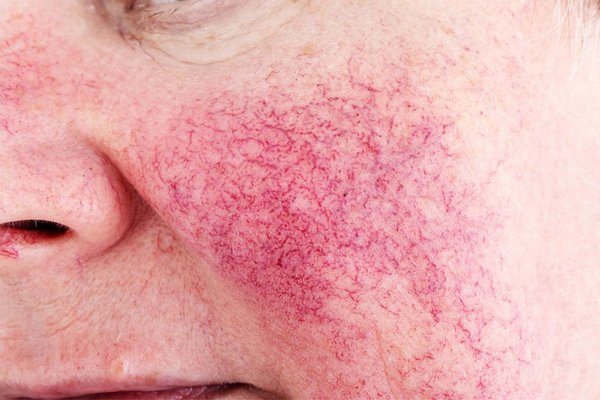
Rosacea is a chronic skin condition characterized by visible facial redness, bumps, and sensitivity. Though it’s not harmful medically, it can affect self-confidence significantly. Many with rosacea find themselves hiding their skin, avoiding social situations, or endlessly tweaking their skincare routines. The good news? At Aura Med Spa in Bellaire, TX, we provide proven treatments designed to help you restore confidence and take charge of your skin. Our skilled team is dedicated to developing a customized plan tailored specifically to your individual skin requirements.
Several factors can increase the likelihood of rosacea developing. Genetics plays a key role—if rosacea runs in your family, your risk may be higher. Environmental exposure, such as sun exposure and extreme temperatures, can trigger flare-ups and visible blood vessels. Fair-skinned individuals or those prone to flushing show signs earlier. Symptoms usually first manifest between the ages of 30 and 50 but can develop earlier or later. Underlying health conditions like H. pylori infection or autoimmune disorders may also contribute.
Rosacea isn’t a one-size-fits-all condition—its symptoms vary and can often be mistaken for acne or irritation. Here’s how it typically presents:
Unlike acne, rosacea is not contagious, and typical acne treatments often make symptoms worse. That’s why targeted care is essential.
In many cases, a combination approach is the most effective. For example, a patient may start with topical therapy while undergoing laser sessions and then transition to long-term maintenance with oral support.
Understanding the different types of rosacea can assist in the identification of symptoms and help you choose effective treatments. Here are the four main subtypes:
While there’s currently no cure for rosacea, it can be controlled with a thoughtful, individualized approach. Identifying what triggers your flare-ups is just as important as choosing the right treatment. Common triggers include:
Once your triggers are identified, we can tailor a care plan that reduces flare-ups and helps restore balance to your skin.
Each treatment works by addressing a different layer of the condition. Topical and oral medications focus on calming inflammation, reducing bacterial triggers, and controlling skin reactions. Laser therapy physically treats visible blood vessels under the skin’s surface, helping reduce the appearance of redness over time. Together, they help restore clarity, calmness, and comfort to the skin.
Maintaining results and reducing flare-ups takes a few mindful habits. After treatment:
Your skin doesn’t need to be a source of frustration or avoidance. With the right care and support, you can confidently manage rosacea and start feeling good in your skin again.


Let’s get in touch!